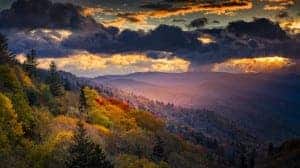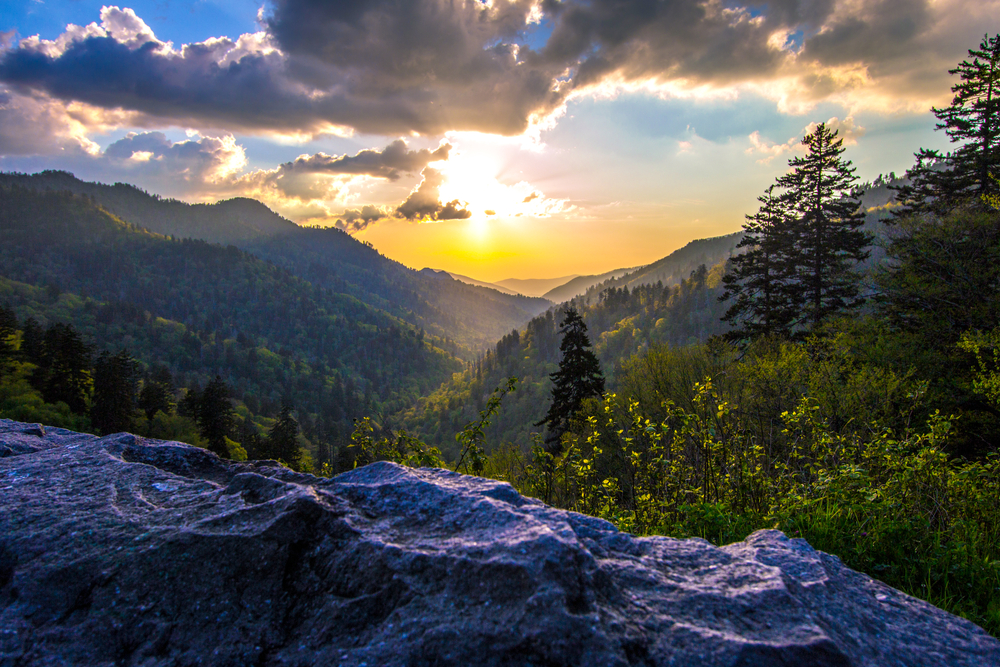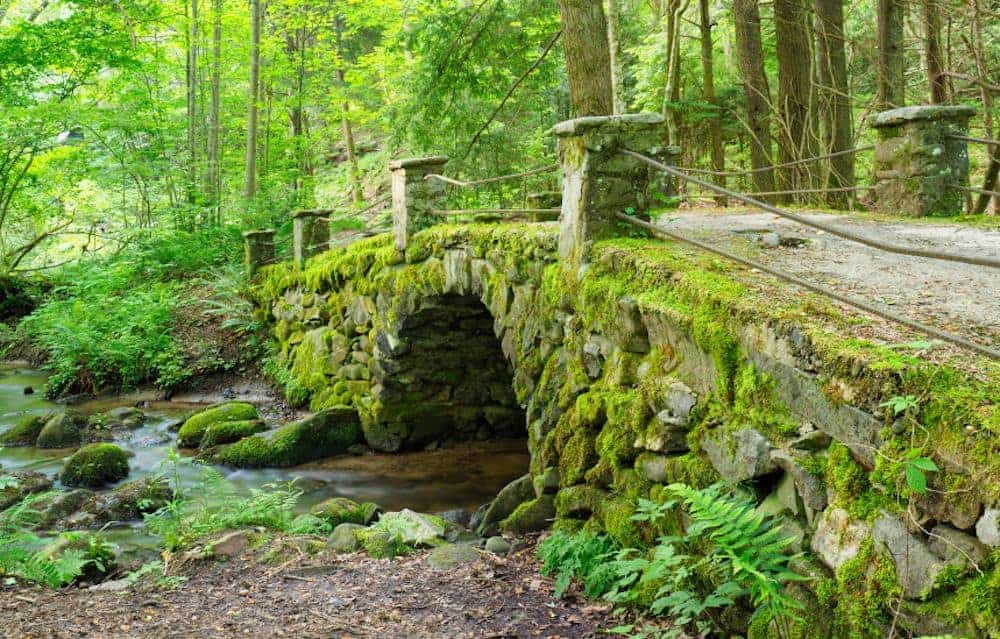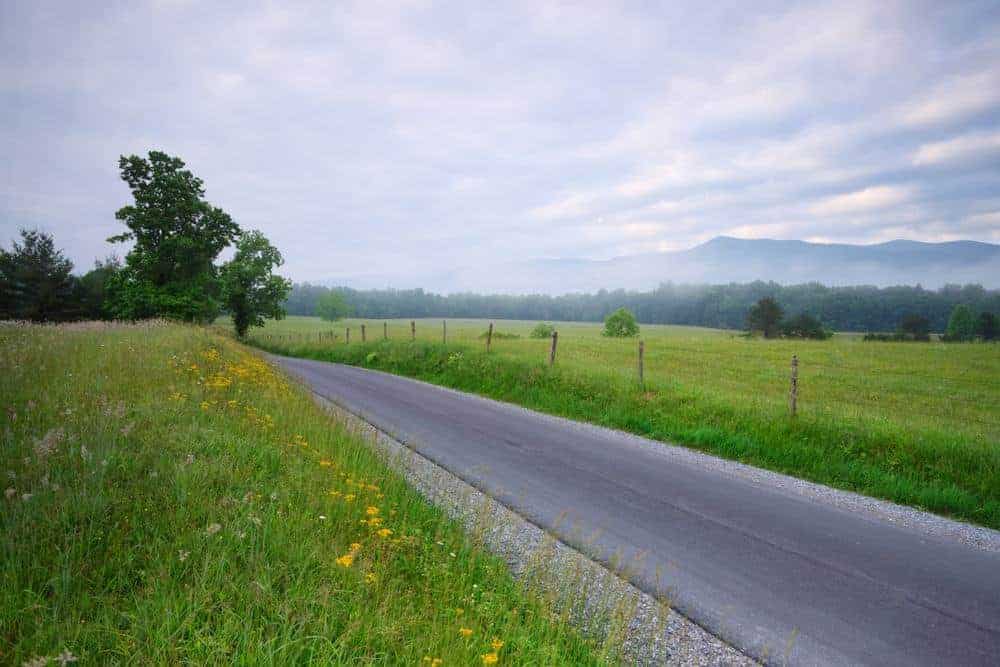What’s So Great About the Great Smoky Mountains?
 Year after year, families plan vacations to the Great Smoky Mountains, but why? We all love the unique names of the peaks and the dense fog that makes the mountains so ‘smoky’ but what’s so great about these mountains? Here’s what we know makes our mountains a little different than other national parks:
Year after year, families plan vacations to the Great Smoky Mountains, but why? We all love the unique names of the peaks and the dense fog that makes the mountains so ‘smoky’ but what’s so great about these mountains? Here’s what we know makes our mountains a little different than other national parks:
History
The origins of the Great Smoky Mountains National Park makes it extremely special to visiting families. Some visitors can trace their roots back to the first settlers, while others are part of one of the families that helped create the national park. The Cherokee Indians moved into the Smoky Mountains over 1,000 years ago. In the early 1800s, settlers began creating a life in the area. One of the most popular areas of the park to visit, to see the true history, is Cades Cove. There, families can explore old cabins and churches that existed before the national park was created. The families that lived in Cades Cove depended on the farmland. In the early 1900s, these families were affected by commercial logging that stripped the trees from the land, ruining the farmland that families needed to thrive. The Great Smoky Mountains National Park was later created in 1934 with donation money.
Diversity
The Great Smoky Mountains National Park consists of over 500,000 acres of protected land. Having one of the largest areas of protected land makes our national park different than others.
Visitation
With the highest number of visitors every year, the beauty of the Great Smoky Mountains National Park proves enough reason to visit the park. There are usually between 8 and 10 million visitors each year who enjoy ranger-led programs, visitor center display and exhibits. The park is also free to visitors, so everyone can truly enjoy the crisp mountain air throughout the park.
If you enjoyed this post, share it with your friends and family on Facebook and Google+!
Looking for more information about the Smokies? Take a look at Visit My Smokies’ page, ‘Great Smoky Mountains National Park’ for up-to-date information about the national park and its history.
Comments are closed.





Loretta Jarvis
Everything is great about the Smokies. WE used to go there every year, but now my husband has passed, so don’t get down there anymore. But I have wonderful memories of all Tennessee, the people are wonderful. Miss it so much.
November 12, 2013 at 11:10 pm
Emily Arnwine
Thank you for sharing your kind thoughts about the Smokies. We are sorry to hear that your husband has passed, but we are happy to know that you have such great memories of the Smoky Mountains.
November 14, 2013 at 12:28 pm